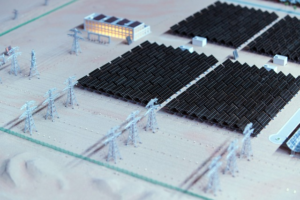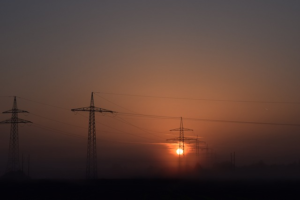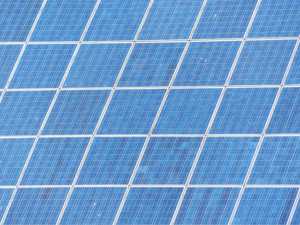
How far has India come with respect to solar power generation and storage? Why do the authors of the report say that India will not meet its 2022 solar goal?
How far has India come with respect to solar power generation and storage? Why do the authors of the report say that India will not meet its 2022 solar goal?
The story so far: A report, jointly prepared by two energy-research firms — JMK Research and Analytics and the Institute for Energy Economics and Financial Analysis — says India will likely miss its 2022 target of installing 100 gigawatts (GW) of solar power capacity. This is because of rooftop solar lagging behind, the authors say.
What is India’s solar policy?
Since 2011, India’s solar sector has grown at a compounded annual growth rate (CAGR) of around 59% from 0.5GW in 2011 to 55GW in 2021. The Jawaharlal Nehru National Solar Mission (JNNSM), also known as the National Solar Mission (NSM), which commenced in January 2010, marked the first time the government focussed on promoting and developing solar power in India. Under the scheme, the total installed capacity target was set as 20GW by 2022. In 2015, the target was revised to 100GW and in August 2021, the government set a solar target of 300GW by 2030.
India currently ranks fifth after China, U.S., Japan and Germany in terms of installed solar power capacity. As of December 2021, the cumulative solar installed capacity of India is 55GW, which is roughly half the renewable energy (RE) capacity (excluding large hydro power) and 14% of the overall power generation capacity of India. Within the 55GW, grid-connected utility-scale projects contribute 77% and the rest comes from grid-connected rooftop and off-grid projects.
What does the report say?
As of April, only about 50% of the 100GW target, consisting of 60GW of utility-scale and 40GW of rooftop solar capacity, has been met. Nearly 19 GW of solar capacity is expected to be added in 2022 — 15.8GW from utility-scale and 3.5GW from rooftop solar. Even accounting for this capacity would mean about 27% of India’s 100GW solar target would remain unmet, according to Jyoti Gulia, co-author of the report and Founder, JMK Research. A 25GW shortfall in the 40GW rooftop solar target, is expected compared to 1.8GW in the utility-scale solar target by December 2022. Thus, it is in rooftop solar that the challenges of India’s solar-adoption policy stick out.
What are the reasons for rooftop solar adoption not meeting targets?
In December 2015, the government launched the first phase of the grid-connected rooftop solar programme to incentivise its use in residential, institutional and social areas. The second phase, approved in February 2019, had a target of 40GW of cumulative rooftop solar capacity by 2022, with incentives in the form of central financial assistance (CFA). As of November 2021, of the phase 2 target of 4GW set for the residential sector, only 1.1GW had been installed. …….






